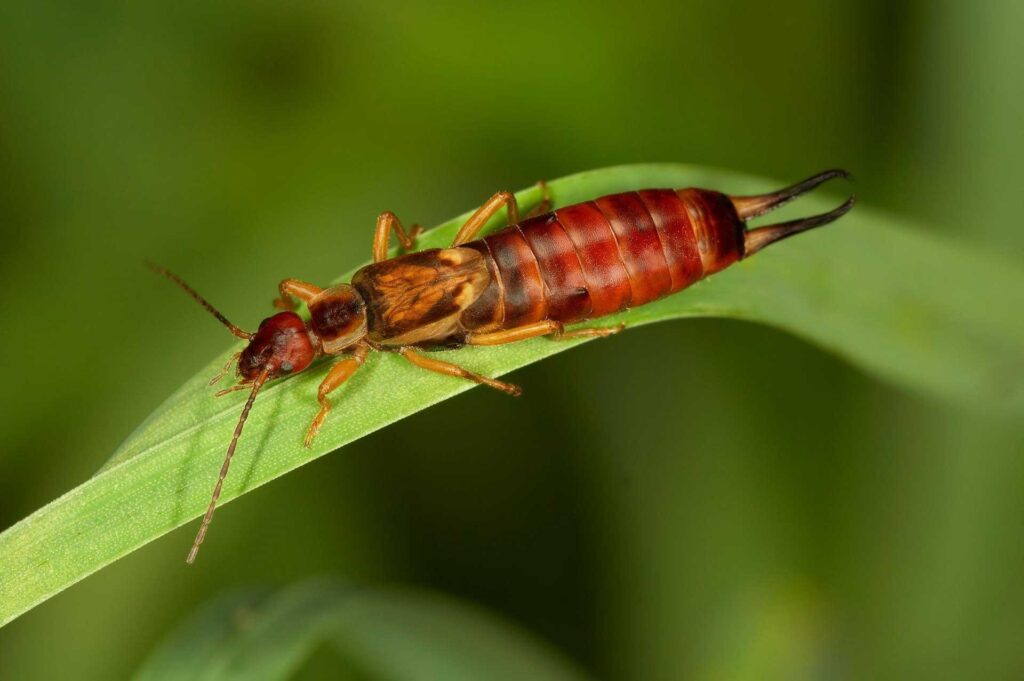Earwigs are nocturnal insects. They love dark and moist environments, and you will often see them in compost and dirt piles. In essence, they are scavengers. They eat the decomposing remains of other insects as well as dead plant matter like leaves and mulch. They instinctively seek locations they can call their burrow, where they can each lay twenty to fifty eggs. They reproduce rapidly, and if you find one in your home, there are good chances that there are many more living in the tiny dark spaces of your home.

Earwigs can squeeze through tiny openings and are also not picky about what they eat, regardless of whether their food is found in a vegetable garden or kitchen cupboard. This means that infestations can happen easily. Fortunately, there are several steps you can take to reduce the risk to your home and yard.
Since their favorite locations exist underneath floorboards and foundations, you need specialists that can reach earwigs and make sure to stop their spread. Give Nature’s Gate a call or contact us today to get rid of the earwig infestation near you in St George, UT; Santa Clara, UT; and the surrounding areas.